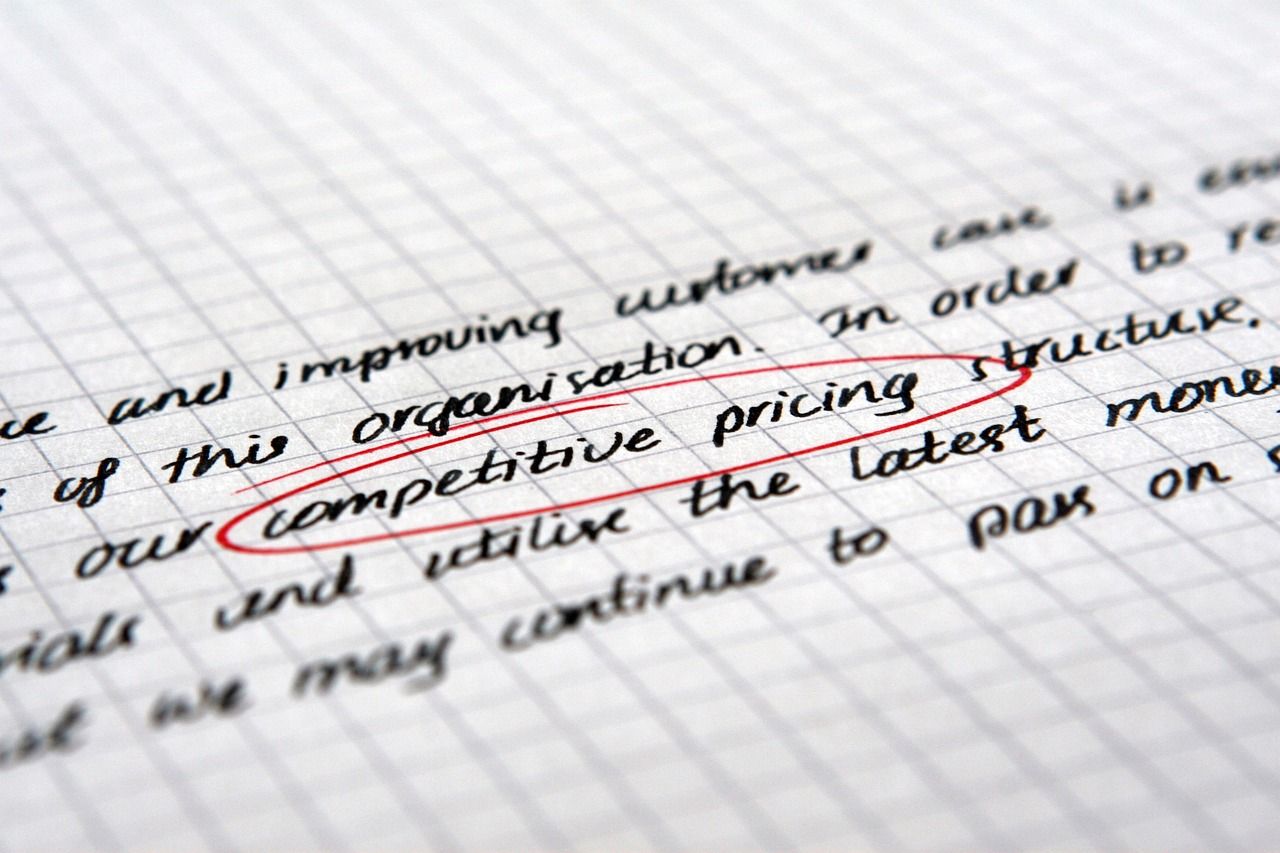How to Price Your Items Competitively
Last updated: 18/07/2024, 13:58

Pricing your items competitively is crucial for attracting customers, driving sales, and ensuring profitability. This guide will walk you through the essential strategies and tips to help you set the right prices for your products.
1. Research Your Market
Conduct thorough market research to understand your industry, target audience, and competitors. Key aspects to analyse include:
• Competitor Prices: Check how similar products are priced by competitors.
• Market Trends: Stay updated on industry trends that may affect pricing.
• Customer Preferences: Understand what your customers value and their willingness to pay.
Use this information to position your pricing in a way that differentiates your products while remaining competitive.
2. Choose a Pricing Strategy
Select a pricing strategy that aligns with your business goals and market conditions. Common strategies include:
• Cost-Plus Pricing: Add a fixed percentage or amount to your total cost to determine the selling price. This ensures a consistent profit margin.
• Value-Based Pricing: Set prices based on the perceived value to the customer rather than the cost. This strategy works well for unique or highly desirable products.
• Competitive Pricing: Match or slightly undercut competitors’ prices. This is effective in highly competitive markets.
• Penetration Pricing: Set lower prices initially to attract customers and gain reviews, then gradually increase prices.
• Skimming Pricing: Set high prices initially for new or innovative products to maximise profits from early adopters, then lower the prices over time.
3. Factor in Psychological Pricing
Psychological pricing can influence customers’ perceptions and buying decisions. Techniques include:
• Charm Pricing: Use prices ending in .99 or .95 (e.g. £19.99 instead of £20.00) to create the perception of a deal.
• Prestige Pricing: Use round numbers (e.g. £50.00) for luxury or high-end products to suggest quality and exclusivity.
4. Monitor and Adjust
Pricing is not a set-and-forget task. Continuously monitor your sales, market conditions, and customer feedback to adjust prices as needed. Regularly review:
• Sales Data: Identify trends and determine if your pricing is driving sales or causing a decline.
• Competitor Actions: Stay informed about competitors’ pricing changes and market strategies.
• Customer Feedback: Listen to your customers’ feedback on pricing and perceived value.
Adjust your prices based on this data to remain competitive and meet your business goals.
5. Test and Optimise
Experiment with different pricing strategies to find what works best for your business. Conduct A/B testing with different price points to see which yields better results. Pay attention to metrics such as:
• Conversion Rates: The percentage of visitors who make a purchase.
• Average Order Value: The average amount spent per transaction.
• Customer Lifetime Value: The total revenue expected from a customer over the entire relationship.
Use these insights to optimise your pricing strategy for maximum profitability and customer satisfaction.
Conclusion
Pricing your items competitively involves understanding your costs, researching the market, choosing the right strategy, leveraging psychological pricing, and continuously monitoring and adjusting your prices. By following this guide, you can set prices that attract customers, boost sales, and ensure your jog it on shop thrives.
For more tips and resources, visit jogiton.com, and start implementing effective pricing strategies today!
Happy selling!



